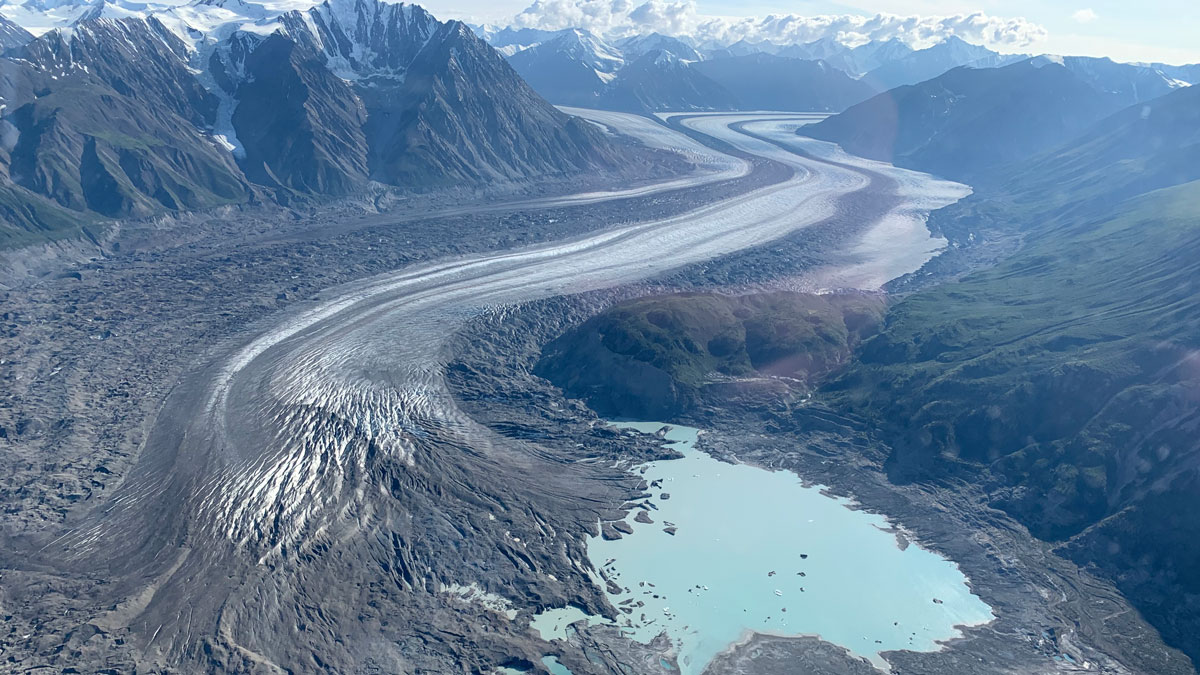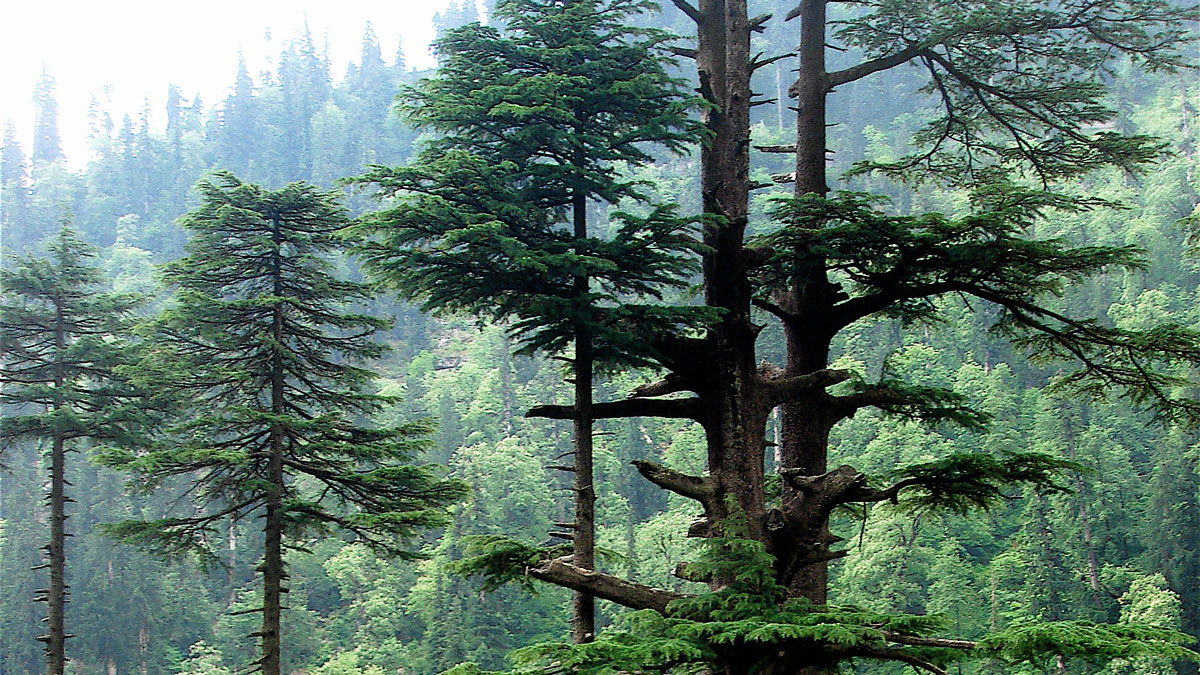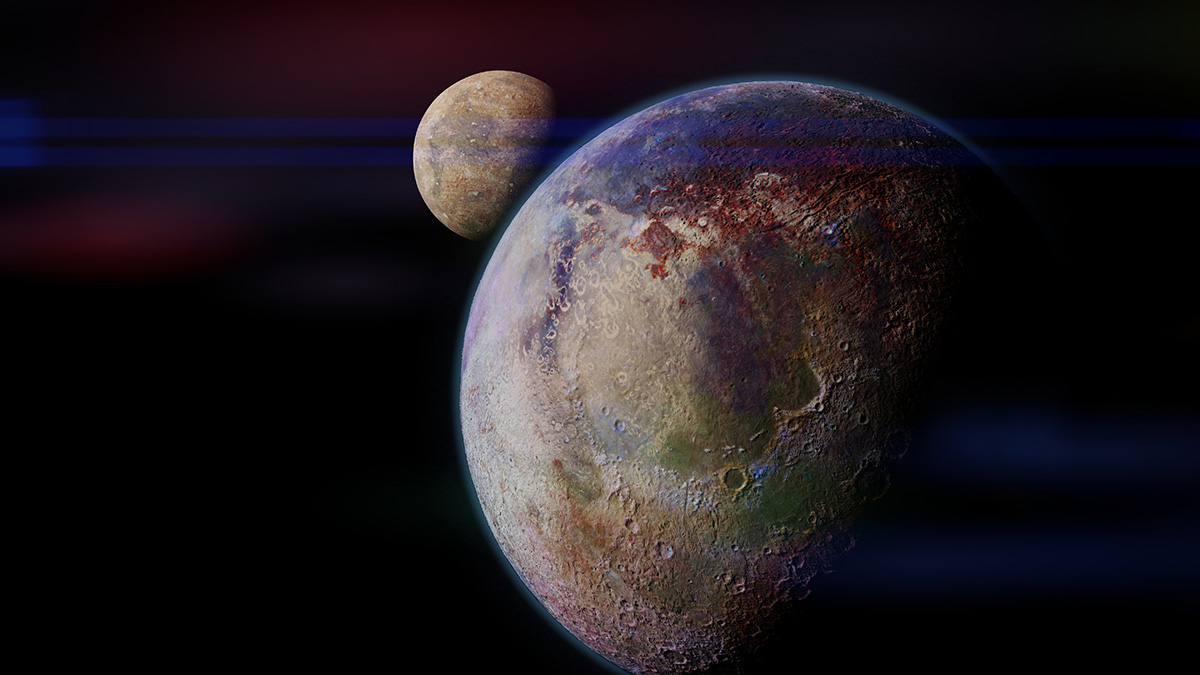Climate change is increasing the frequency of moisture-dumping atmospheric rivers in the Arctic. The storms are pushing back sea ice at a time of year when it should be expanding.
News
We (Probably) Can’t Tell Whether Mars Has Life
State-of-the-art equipment can’t always identify life inhabiting the most Mars-like spot on Earth, leaving scientists wondering how to do better on the Red Planet.
Mapping Wetland Loss Across Three Centuries
Millions of square kilometers of wetlands have been drained or converted to make room for crops, pastures, or development. In some places, up to 80% are gone.
Native Plants Are Hiding Up High, but Invaders Are Catching Up
Far from pristine outposts of nature, mountains across the world are being rapidly colonized by non-native plants that spread uphill along roads.
Extreme Wildfires Make Their Own Weather
Extreme fires in the western United States and Southeast Asia influenced the local weather in ways that make fires and smoke pollution worse.
Silicate Weathering Throttles the Global Thermostat
The natural breakdown of some rocks sucks carbon dioxide out of the atmosphere. Knowing how quickly it happens could help scientists engineer solutions to the climate crisis.
El papel central de la agricultura en el calendario de horizonte azteca
Los calendarios de horizonte fueron clave para medir el tiempo para las culturas pre-hispánicas de la cuenca del Valle de México. Un nuevo estudio sugiere que los calendarios se usaron para gestionar los ciclos agrícolas.
Lakes Can Change How Glaciers Move
Lakes forming from melted ice can have a big effect on their parent glacier, and more of these bodies of water are appearing under warming conditions.
The Limits to Tree Planting in the Indian Himalayas
The Indian government has an ambitious forestry goal. New research shows it may be out of sync with environmental and social constraints.
Marauding Moons Spell Disaster for Some Planets
In solar systems beyond our own, some moons might eventually collide with their host planets, new simulations suggest.










